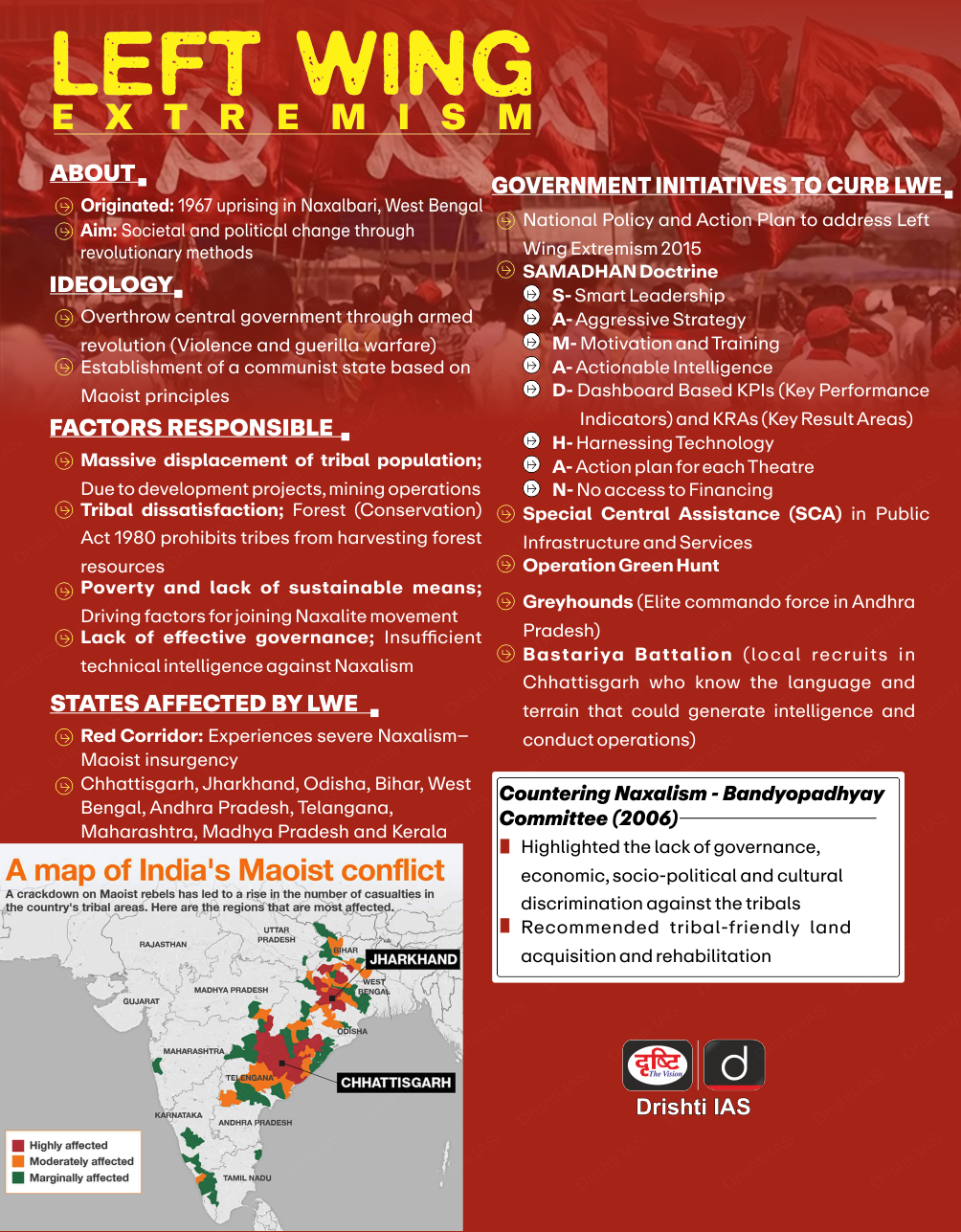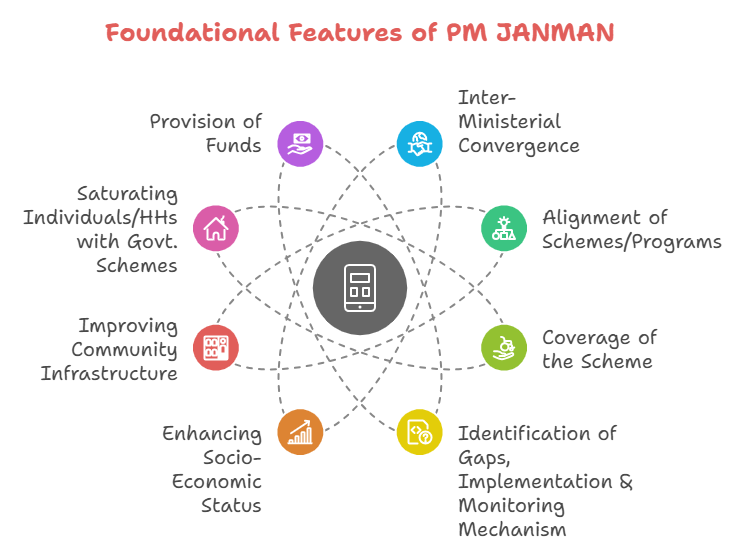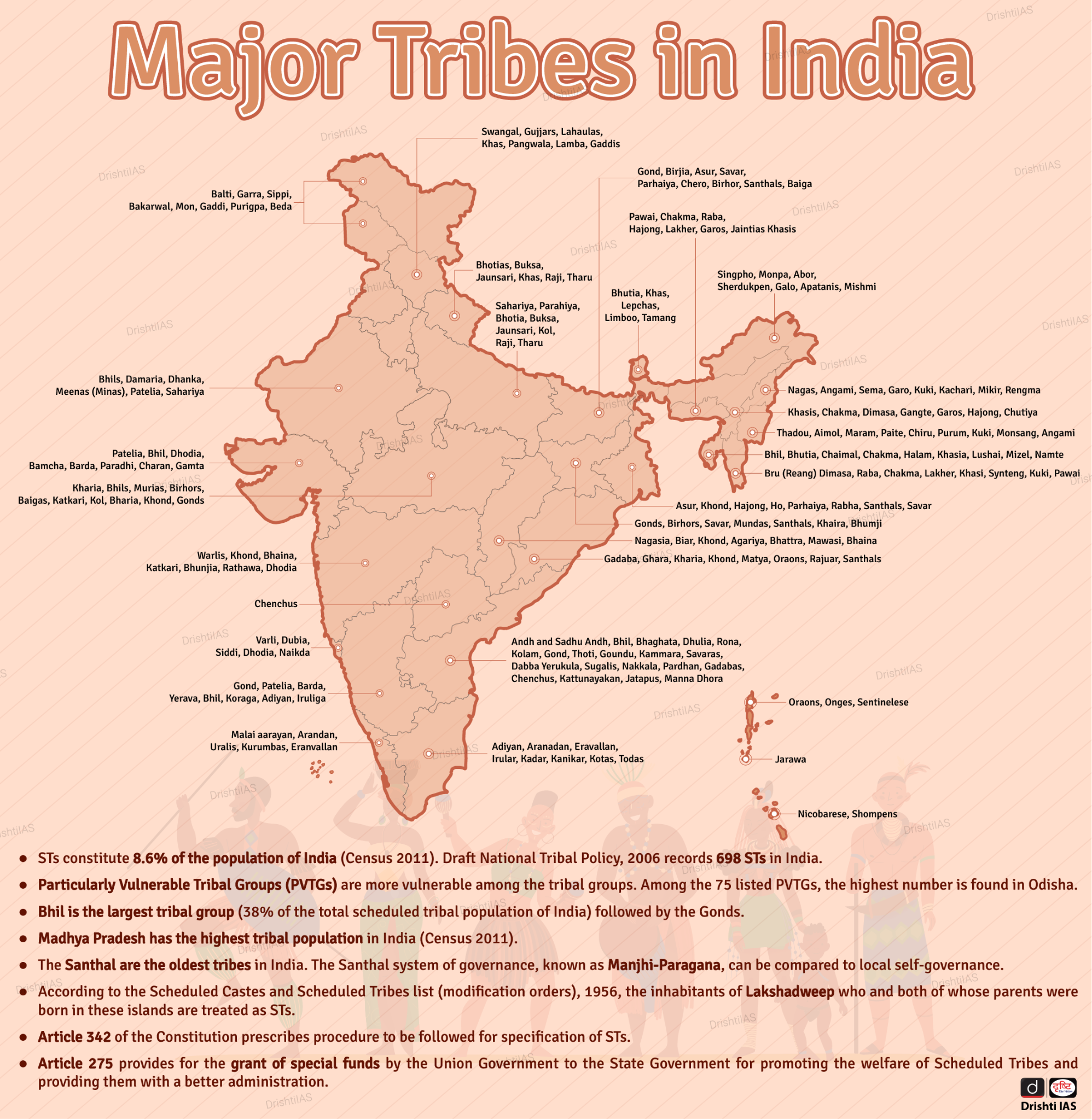Jammu & Kashmir Switch to Hindi
Lotus Revival in Wular Lake
Why in News?
After three decades of ecological dormancy caused by the 1992 flood, lotus flowers have once again begun blooming in Kashmir’s Wular Lake due to focused conservation efforts led by Wular Conservation and Management Authority (WUCMA).
- Lotus stems (locally called Nadru) couldn’t grow since 1992 as seeds were buried under heavy silt, but the rhizomes (creeping root stalks) survived deep below and sprouted once the silt was removed.
Key Points
- Wular Lake:
- About: It is the largest freshwater lake in India and the second largest in Asia (after Lake Baikal in Siberia, Russia), located between Bandipora and Sopore in Jammu & Kashmir.
- Geography: It is located at the foothills of the Haramuk Mountain and is fed by the Jhelum River along with 25 other streams that feed it.
- It has a small island in its centre called the Zaina Lank, constructed by Zainul-Abi-Din, the 8th sultan of Kashmir.
- Ecological Importance: In 1990, it was designated as a Wetland of International Importance under the Ramsar Convention.
- Geology: The basin of the lake was formed due to tectonic activity. It is also believed to be a remnant of the ancient Satisar Lake.
- Avian Fauna: Wular Lake is home to 56 bird species, 39 fish species, and over 20 types of plants.
- Notable migratory bird species found here include the White-bellied Heron, Pink-headed Duck, Baer’s Pochard, and the Kashmir Catfish.
- Lotus (Nelumbo Nucifera)
- The lotus is a perennial plant with bowl-shaped flowers that have petals with an 8 to 12 inch diameter.
- It is an aquatic plant that thrives in nutrient-rich, murky conditions.
- It comes in shades of pink hues, yellow or white.
- It is recognised as the national flower of India. The lotus is a recurring motif of Hindu and Buddhist religions.
- The lotus is a perennial plant with bowl-shaped flowers that have petals with an 8 to 12 inch diameter.
Maharashtra Switch to Hindi
Maharashtra Special Public Security (MSPS) Bill, 2024
Why in News?
The Maharashtra Assembly passed the Maharashtra Special Public Security (MSPS) Bill 2024, through a voice vote which seeks to curb the unlawful activities of Left Wing Extremist (LWE) organisations and similar groups.
- The Bill will now be introduced in the Legislative Council. Upon approval, it will be sent to the Governor for assent, becoming law thereafter.
Note: Once enacted, Maharashtra will become the fifth state after Chhattisgarh, Telangana, Andhra Pradesh, and Odisha to pass a public security law targeting LWE.
Key Points
- Purpose Behind the Legislation:
- The state government introduced the Bill to counter the urban spread of Naxalism.
- Maharashtra’s Gadchiroli and Gondia districts remain among the worst-affected regions by Left Wing Extremism.
- The Statement of Objects and Reasons states that Naxalism has moved beyond remote regions and now operates through frontal organisations in urban areas.
- These organisations allegedly offer logistics and shelter to armed cadres, while existing laws are deemed inadequate.
- The state government introduced the Bill to counter the urban spread of Naxalism.
- Key Provisions of the MSPS Bill:
- The Bill empowers the state to declare any organisation as unlawful.
- It outlines four punishable offences:
- Membership of an unlawful organisation
- when not a member, for raising funds for an unlawful organisation
- Managing or assisting in the management of such a group
- Committing unlawful activities
- These offences carry imprisonment of 2-7 years, along with fines ranging from Rs 2 lakh to Rs 5 lakh. The offence relating to committing an unlawful activity carries the toughest punishment: imprisonment of 7 years and a fine of Rs 5 lakh.
- Under the proposed law offences are cognizable and non-bailable.
- Definition of ‘Unlawful Activity’:
- Unlawful Activities include actions such as speech, writing, or signs that disturb public order, obstruct law enforcement or government functioning, or involve the use of criminal force or intimidation against public servants.
- They also cover acts of violence, vandalism, spreading fear, promoting disobedience to law, and fundraising to support such disruptive activities.
- Key Amendments Suggested by Joint Select Committee:
- Amendment to the Long Title and Preamble
- The original preamble stated: "A Bill to provide far more effective prevention of certain unlawful activities of individuals and organisations..."
- The Committee recommended replacing "individuals and organisations" with "Left Wing Extremist organisations or similar organisations".
- This change was made to clearly reflect the Bill's objective of targeting Urban Naxalism.
- Amendment to Clause 5(2): Composition of Advisory Board
- Initially, the clause proposed that the Advisory Board consist of 3 High Court judges or those qualified to be judges, with one designated as Chairperson.
- The Committee revised it to:
- A Chairperson who is or has been a High Court judge,
- One retired judge, and
- One government pleader of the High Court, all appointed by the state government.
- This change aimed to broaden representation and legal expertise within the Board.
- Amendment to Clause 15(2): Authority for Investigation
- Originally, the Bill allowed police officers not below the rank of Sub-Inspector to investigate offences.
- The Committee recommended assigning investigations to officers of the rank of Deputy Superintendent of Police (DSP) or above.
- This was intended to ensure greater accountability and experience in handling sensitive cases.
- Amendment to the Long Title and Preamble
Madhya Pradesh Switch to Hindi
Namibian Cheetah Dies at Kuno National Park
Why in News?
An eight-year-old female Namibian cheetah passed away in Madhya Pradesh's Kuno National Park (KNP).
Key Points
- Kuno National Park:
- Located in Madhya Pradesh's Sheopur and Morena districts, Kuno National Park was originally declared a wildlife sanctuary in 1981, it gained national park status in 2018 due to its ecological importance.
- The National Park is named after Kuno River, a major tributary of the Chambal river, and it consists mainly of dry deciduous forests. It is situated in the Vindhya mountain range.
- Kuno National Park is the habitat for cheetahs relocated from Namibia and South Africa under Project Cheetah.
- As of July 2025, Kuno hosts 26 translocated African cheetahs and 17 India-born cubs.
- Fauna: Leopard, striped hyena, Indian wolf, blackbuck, sambar deer, gharial (Kuno River).
- Flora: The primary tree species are Kardhaai, Khair and Salai.
Project Cheetah
- Phase-1 of the project started in 2022, to restore the population of cheetahs, which were declared extinct in the country in 1952.
- It involves the translocation of cheetahs from South Africa and Namibia to Kuno National Park.
- The project is implemented by the NTCA in collaboration with the Madhya Pradesh Forest Department, and Wildlife Institute of India (WII).
- Under Phase-2 of the Project India is considering sourcing cheetahs from Kenya due to similar habitats.
- Cheetahs will be translocated to Kuno National Park and Gandhi Sagar Wildlife Sanctuary (Madhya Pradesh).
Rajasthan Switch to Hindi
Sahariya Tribe & PM-JANMAN
Why in News?
The Sahariya community, a Particularly Vulnerable Tribal Group (PVTG), in a remote area of Rajasthan’s Baran district has received electricity for the first time in 78 years.
- This development aligns with the PM-JANMAN (Pradhan Mantri Janjati Adivasi Nyaya Maha Abhiyan) initiative, which focuses on improving the socio-economic conditions of tribal groups.
Key Points
- Sahariya Tribe:
- About:
- The Sahariya tribe is one of the 12 notified tribes in Rajasthan and is classified as a PVTG.
- The Sahariyas are considered a sub-branch of the Kolariyan family and Bheels. Sahariya community is also called by the names Seher, Sair, Savar, Saonar, Sahra etc.
- Around 7% of India’s tribal population lives in Rajasthan.
- Demographic Status:
- According to the 2011 Census, the Sahariyas are the fourth-largest tribal community in Rajasthan, following the Meena, Bhil, and Garasia communities.
- In Rajasthan, the Baran district, especially the Kishanganj and Shahbad tehsils, hosts the core Sahariya population.
- Sahariyas also reside in Morena, Shivpuri, Bhind, Gwalior, Datia, Vidisha, and Guna districts of Madhya Pradesh.
- According to the 2011 Census, the Sahariyas are the fourth-largest tribal community in Rajasthan, following the Meena, Bhil, and Garasia communities.
- Traditional Practices & Skils:
- Sahariya is also very fond of hunting and fishing. Along with the knowledge of herbs, Sahariyas are also very skilled in collecting honey from beehives.
- Apart from this, making baskets, ropes, brooms, cutting wood from the forest etc. are some other traditional works.
- About:
- PM-JANMAN Scheme:
- PM-JANMAN, launched on 15th November 2023, on Janjatiya Gaurav Diwas, focuses on 11 critical interventions through 9 ministries to improve the socio-economic welfare of PVTGs.
- PM-JANMAN comprises Central Sector and Centrally Sponsored Schemes to improve the socio-economic conditions of PVTGs.
- The scheme has a total outlay of Rs 24,104 crore to be spent over a three-year period, of which nearly 80% is only for the construction of houses and roads.
- An allocation of Rs 15,000 crore has been made under the Development Action Plan for the Scheduled Tribes (DAPST) to implement the housing component of PM-JANMAN.
Particularly Vulnerable Tribal Group (PVTG)
- A PVTG is a sub-classification of a Scheduled Tribe or section of a Scheduled Tribe that is considered more vulnerable than a regular Scheduled Tribe. The Indian Government created the PVTG list to improve their living.
- There are 75 PVTGs in India, the maximum 13 are in Odisha, followed by 12 in Andhra Pradesh.
- Article 342(1): The President with respect to any State/UT (after consultation with the Governor in case of state) may specify the tribes/tribal communities/part of or groups within tribes/ tribal communities as a Scheduled Tribe in that State/UT.
- Parliament may by law include in or exclude from the list of STs specified in a notification issued under article 342(1) any tribe or tribal community or part of or group within any tribe or tribal community, but save as aforesaid a notification issued under the said clause shall not be varied by any subsequent notification.
- Initiatives Related to the Welfare of PVTGs:
Uttar Pradesh Switch to Hindi
'Learning by Doing' Programme
Why in News?
The Uttar Pradesh government launched the Learning by Doing (LBD) programme to transform education in government schools by integrating hands-on learning.
Key Points
- About the LBD Programme:
- The programme provides practical training to students of Classes 6 to 8 in fields such as woodwork, metalwork, energy and environment, agriculture and horticulture, and health and nutrition, in line with the National Education Policy (NEP) 2020.
- The pilot phase of the programme, conducted in 60 schools across 15 districts, trained 5,937 students in various trades. The initiative significantly boosted student attendance and engagement.
- In 2025–26, the government plans to expand the programme to 3,288 more schools under Samagra Shiksha and PM SHRI schemes.
- The initiative, implemented under the Samagra Shiksha Abhiyan, reflects the vision of linking education with employability and life skills.
- To implement the programme effectively, the Basic Education Department provided four-day multi-skilling training to science and mathematics teachers.
- With technical support from UNICEF and Vigyan Ashram, the state developed a teacher manual with 60 skill-based activities, which has been approved by SCERT (State Council of Educational Research and Training).
- The programme provides practical training to students of Classes 6 to 8 in fields such as woodwork, metalwork, energy and environment, agriculture and horticulture, and health and nutrition, in line with the National Education Policy (NEP) 2020.
- Expansion to Modern Skill Labs Across Schools:
- In the academic year 2024–25, the government will set up modern LBD labs in 2,274 upper primary and composite schools across all 75 districts.
- Each lab will feature modern tools and equipment, and School Management Committees (SMCs) will receive raw materials and consumables to support these hands-on activities.
Samagra Shiksha Abhiyan
- About: Introduced in the Union Budget 2018-19, Samagra Shiksha is a comprehensive program covering education from pre-nursery to Class 12 to ensure equitable learning outcomes.
- Key Features:
- Integration of Schemes: It subsumes three earlier schemes:
- Sarva Shiksha Abhiyan (SSA): It focuses on universal primary education.
- Rashtriya Madhyamik Shiksha Abhiyan (RMSA): It aimed at secondary education.
- Teacher Education (TE): It focused on training teachers.
- Sector-Wide Development Approach: It streamlines implementation across all levels (state, district, and sub-district) instead of fragmented project-based objectives.
- Alignment with SDGs: Ensures free, equitable, and quality education (SDG 4.1) while eliminating gender disparities and ensuring access for vulnerable groups (SDG 4.5).
- Integration of Schemes: It subsumes three earlier schemes:
- Implementation: It is a centrally sponsored scheme (CSS) implemented through a single State Implementation Society (SIS) at the State/UT level.
- SIS is a state-registered body implementing CSS and development programs.
PM-SHRI Scheme
- About:
- The Prime Minister's Schools for Rising India (PM SHRI) Scheme is a centrally sponsored initiative, launched in 2022, by the Government of India aimed at establishing over 14,500 PM SHRI Schools by enhancing existing schools to showcase the implementation of the National Education Policy (NEP) 2020.
- Objective:
- The primary objective is to create an inclusive and nurturing environment that promotes the well-being and safety of every student, offering diverse learning experiences and access to quality infrastructure and resources.
Chhattisgarh Switch to Hindi
Chhattisgarh Waives VAT Dues and Approved GST (Amendment) Bill Drafts
Why in News?
The Chhattisgarh government has announced major relief for small traders by waiving Value Added Tax (VAT) dues up to Rs 25,000 in cases pending for over 10 years.
- State government has also approved the drafts of the Chhattisgarh GST (Amendment) Bill, 2025 and the Chhattisgarh Settlement of Outstanding Dues (Amendment) Bill, 2025.
Note:
- Value Added Tax (VAT): Tax on goods sold, applied at each stage of the supply chain. It is imposed on goods that are excluded from the GST regime like alcoholic beverages, petroleum products etc.
Key Points
- Old VAT Dues Waived:
- By writing off old VAT dues, a move that will benefit over 40,000 small traders and help resolve more than 62,000 pending cases, thereby significantly reducing the compliance burden and litigation backlog.
- Drafts of GST-Related Amendment Bills Approved:
- The government approved the drafts of two key bills:
- Chhattisgarh Goods and Services Tax (Amendment) Bill, 2025
- Chhattisgarh Settlement of Outstanding Tax, Interest, and Penalty (Amendment) Bill, 2025
- Both bills will be introduced during the Monsoon Session of the State Assembly starting 14 July 2025.
- The government approved the drafts of two key bills:
- Key Features of the Draft:
- These legislative amendments are part of the government’s broader strategy to enhance the ease of doing business in the state.
- The proposed changes align with decisions made during the 55th GST Council meeting.
- The draft bill proposes a reduction in the mandatory pre-deposit for penalty-only cases (with no tax demand) from 20% to 10% for filing appeals before the appellate authority.
- To eliminate confusion caused by conflicting Advance Ruling Authority decisions, the government has proposed to delete the 'Time of Supply' provision related to the taxability of vouchers, ensuring greater clarity and uniformity.
- A key amendment also proposes to exclude warehousing transactions within Special Economic Zones (SEZs) from the GST framework.
- This will apply to goods stored in SEZ warehouses that are traded multiple times without physical movement, and is aimed at boosting trade efficiency within SEZs.
- These legislative amendments are part of the government’s broader strategy to enhance the ease of doing business in the state.
GST Council
- About: The GST Council, a constitutional body under Article 279-A (101st Amendment, 2016), makes recommendations on GST implementation.
- GST is a value-added (Ad Valorem) and indirect tax system that is levied on the supply of goods and services in India.
- Members: The Council includes the Union Finance Minister (Chairperson), Union Minister of State (Finance), and a finance or any other minister from each state.
- Nature of Decisions: In the Mohit Minerals case, 2022, the Supreme Court ruled GST Council recommendations are not binding, as Parliament and states have simultaneous legislative powers on GST.
Special Economic Zones (SEZ)
- A SEZ is a duty-free enclave treated as foreign territory for the purpose of trade, tariffs, and operations. Any private/public/joint sector or State Government or its agencies can set up SEZ.
- SEZs were first introduced in India in 2000 under the Foreign Trade Policy, replacing the earlier Export Processing Zones (EPZs). They are governed by the SEZ Act, 2005 and SEZ Rules, 2006.
- The Development of Enterprise and Service Hubs (DESH) Bill, 2022 aims to replace the SEZ Act, 2005 and transform SEZs into more flexible and inclusive Development Hubs.
- These hubs will be exempt from many existing regulatory restrictions and will support both export-oriented and domestic investments, functioning as integrated zones for international and domestic trade.







-UPPCS-English%20(web).png)
-UPPCS-English%20(mobile).png)

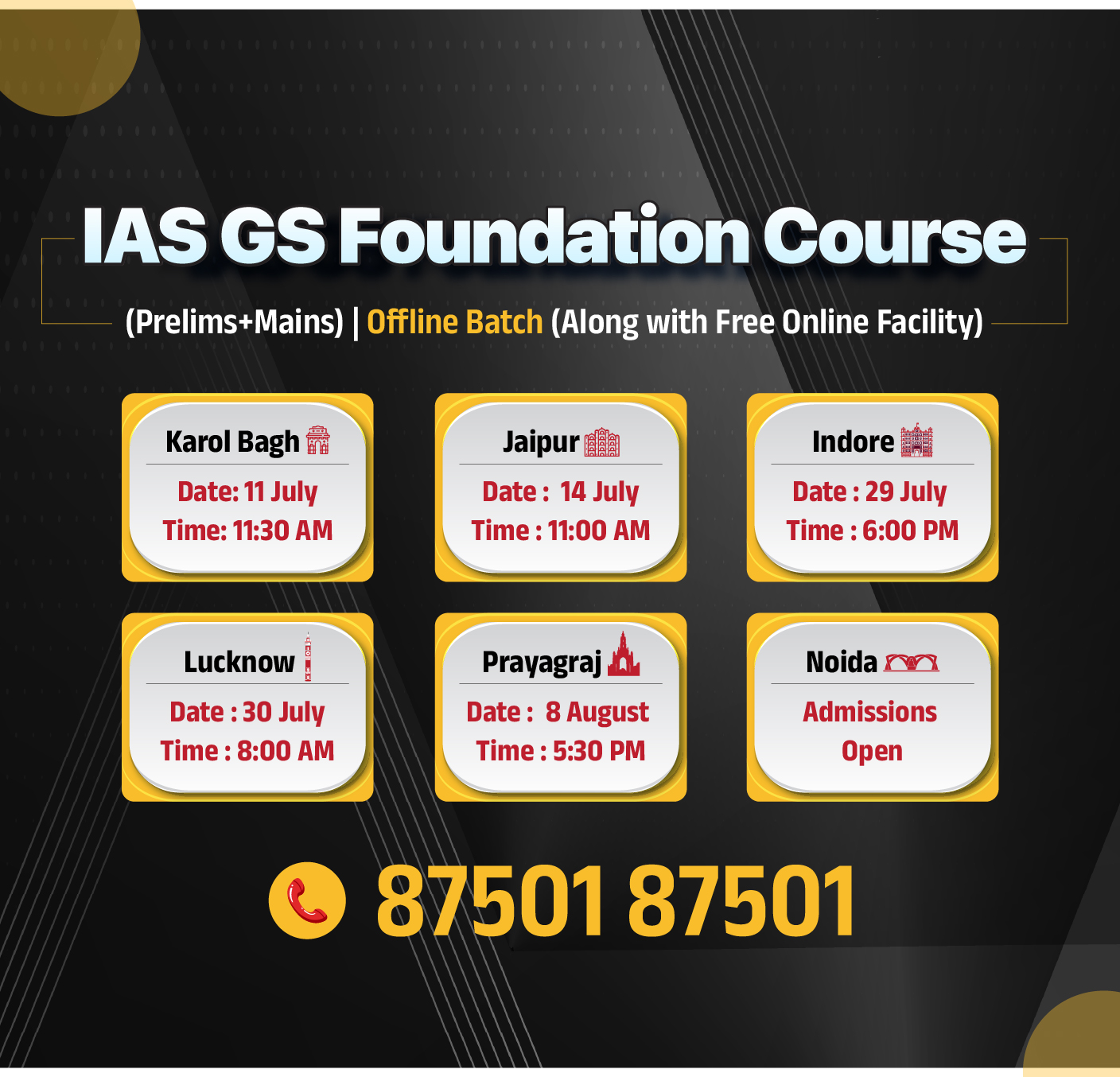

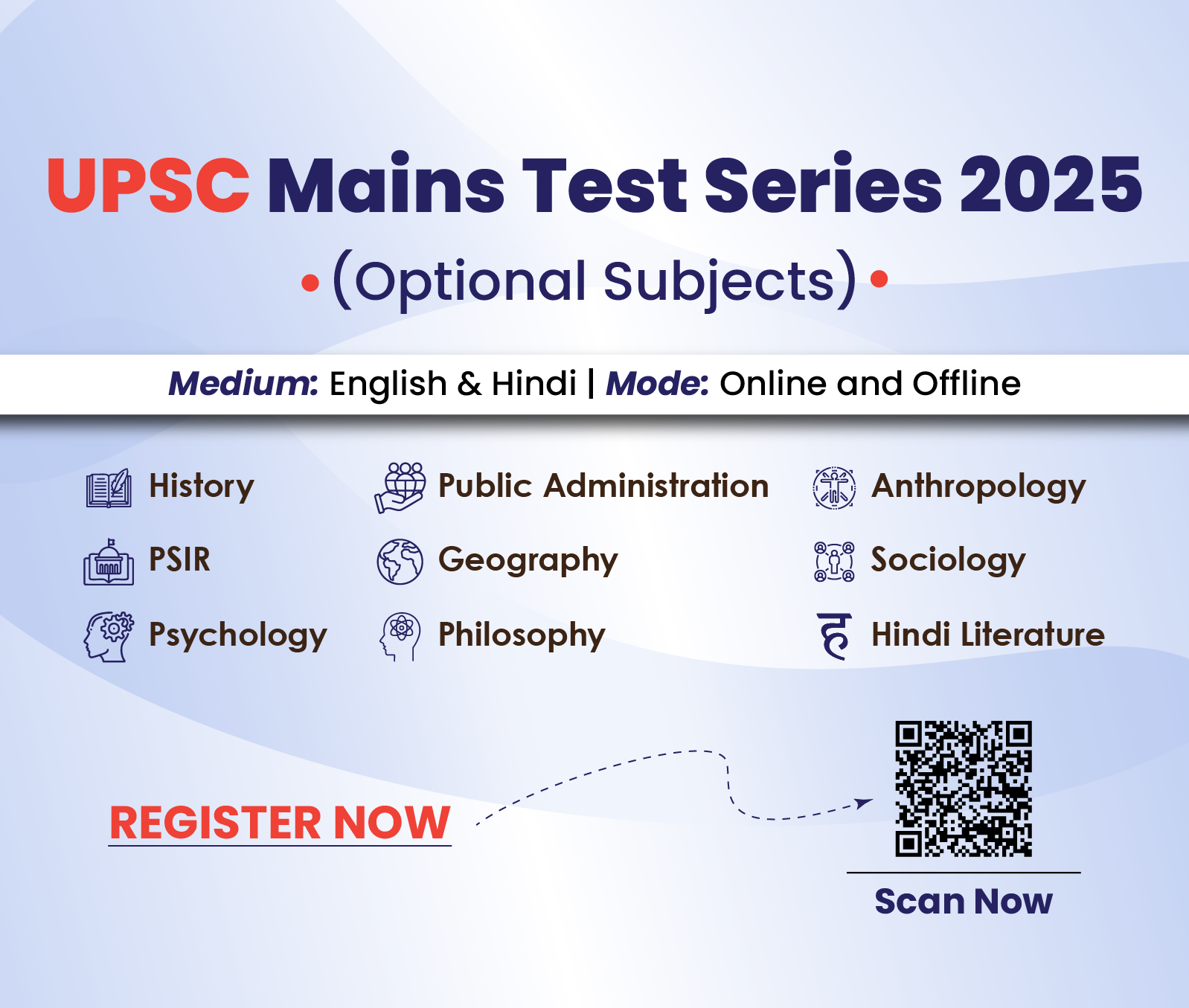



.jpg)



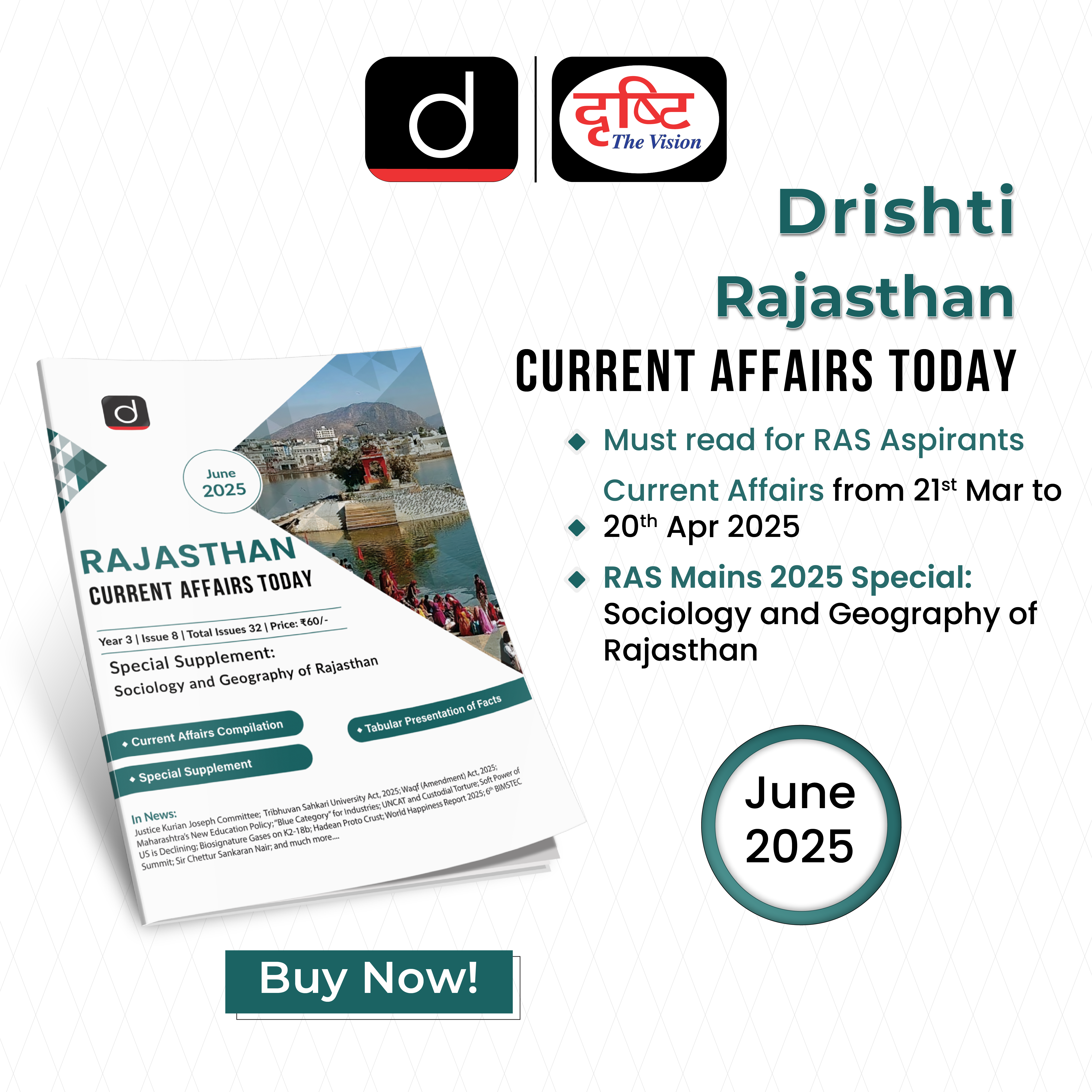





.png)

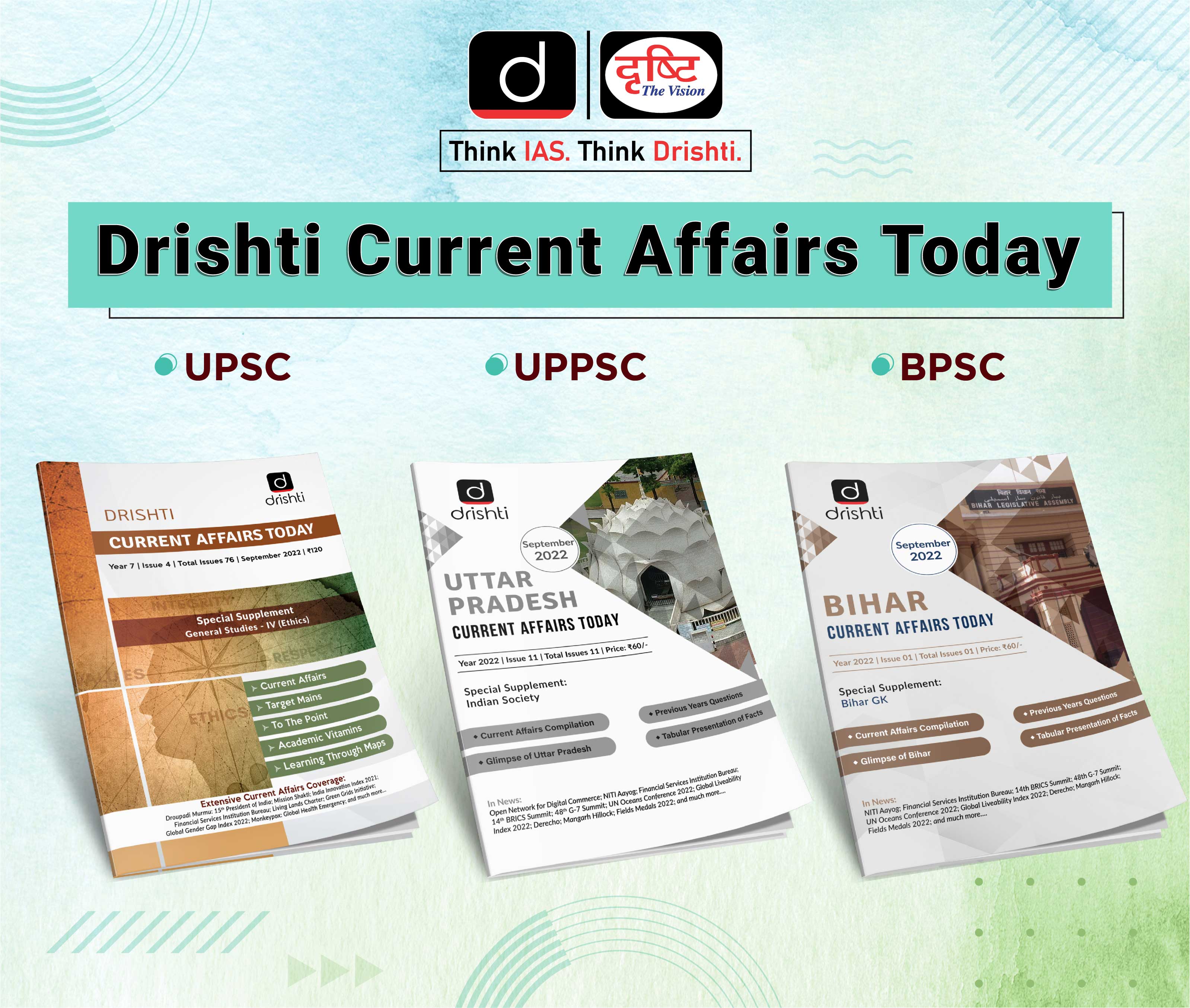

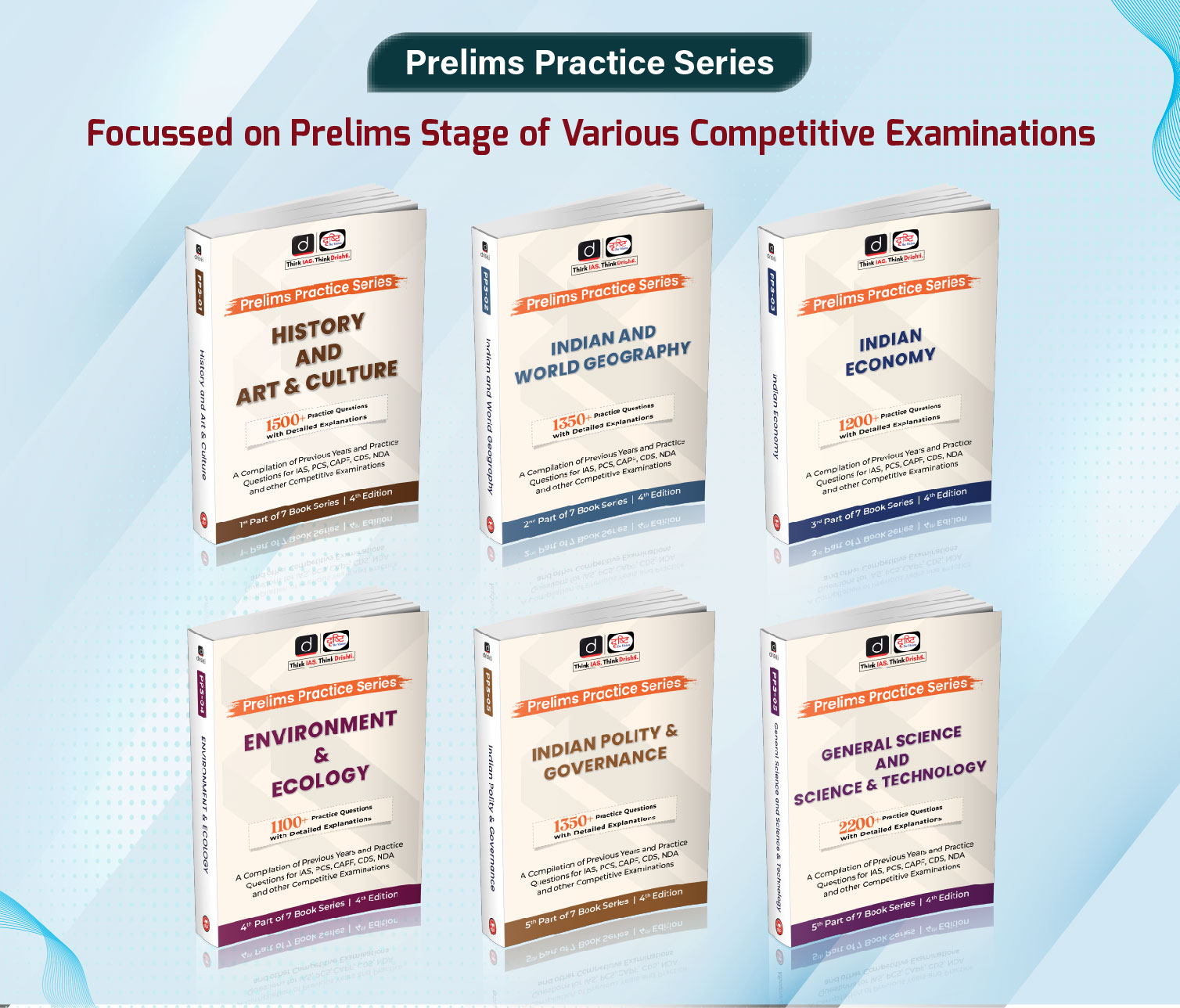

 PCS Parikshan
PCS Parikshan
